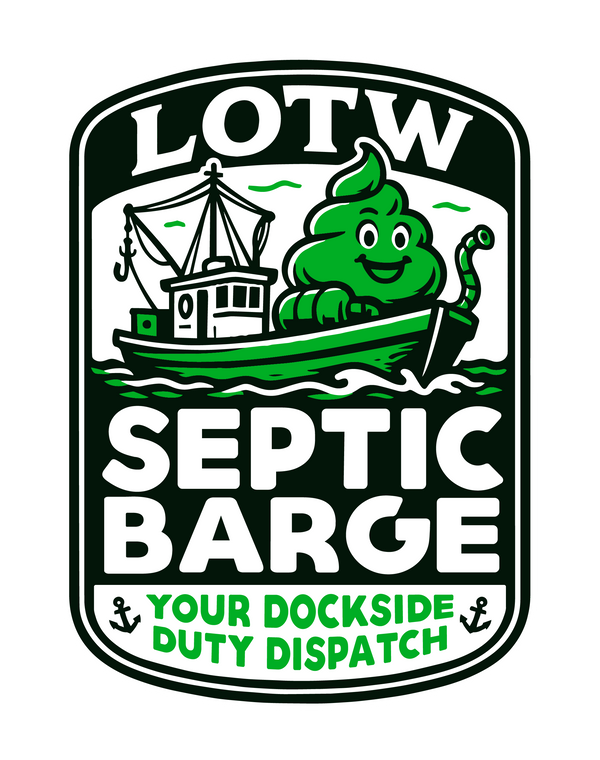Septic Info

Septic System Info and Tips
What Is a Septic System?
A septic system is an on-site wastewater treatment system that processes and treats water waste from a household or cottage. It typically consists of two main components: a septic tank and a drainfield. Wastewater from your home flows into the septic tank, where it undergoes initial treatment. The tank is designed to separate solids from liquids. The solids settle to the bottom, forming a layer of sludge, while lighter materials like oils and grease float to the top as scum. The remaining liquid, or effluent, is then discharged into the drainfield, where it is further filtered and treated by the soil before percolating into the groundwater.
The treatment process relies heavily on the presence of microorganisms within the tank and drainfield. These microorganisms help break down organic matter and reduce the number of harmful bacteria and pathogens. However, like any system, it needs proper care to ensure it works efficiently.
Why Pumping Is Crucial
Proper maintenance is key to extending the lifespan of your septic system and preventing costly failures. One of the most critical maintenance tasks is pumping the septic tank. Over time, solids accumulate in the tank, and if not removed, they can clog the system, cause backups, and lead to expensive repairs or even complete system failure.
: For a typical septic system, it’s essential to pump the tank every 3 to 5 years. This timeframe can vary based on factors such as the size of the tank, the number of people using the system, and the amount of wastewater generated. By scheduling regular pumping, you help prevent the buildup of sludge and scum, ensuring the system continues to function properly.
: If your property is equipped with a holding tank rather than a traditional septic system, the maintenance schedule is different. Since a holding tank doesn’t have a drainfield to filter and absorb wastewater, it must be pumped every year to prevent overflow, contamination, and freezing. it’s important to keep track of the level and arrange for pumping before it fills up.
Common Maintenance Tips
While regular pumping is the cornerstone of septic system maintenance, there are several other practices that help keep the system running smoothly:
: Never flush chemicals, oils, grease, paints, or non-biodegradable materials down the drain. These substances can harm the microorganisms that treat the wastewater and can cause clogs and blockages.
: Avoid overloading the system by using too much water in a short amount of time. Spread out heavy water use (like doing multiple loads of laundry) to prevent overloading the tank and drainfield.
: Have your septic system inspected regularly by a professional to check for signs of wear and tear or potential issues. Early detection can save you from more serious problems down the road.
: Ensure that the drainfield is free from heavy traffic, tree roots, or vegetation that may interfere with its ability to filter wastewater. Compaction of soil or blockage of pipes can severely affect the system's function.
The Bottom Line
A properly maintained septic system is crucial for the health of your property and the environment. Regular pumping, ideally every 3-5 years for septic systems and annually for holding tanks, is essential to avoid costly repairs and to keep your system working efficiently. With the right care, your septic system can last for many years, providing safe and reliable wastewater treatment for your home or cottage.
If you're unsure when it's time to pump your septic tank, don't hesitate to contact us. We're here to help with timely, professional septic tank pumping services to keep your system in top shape.
